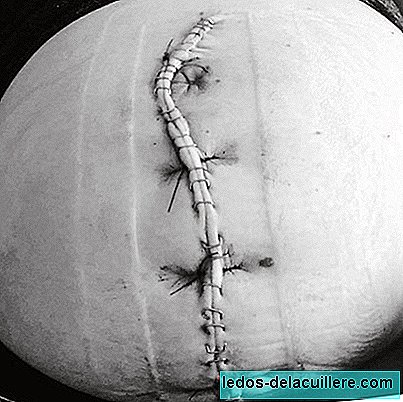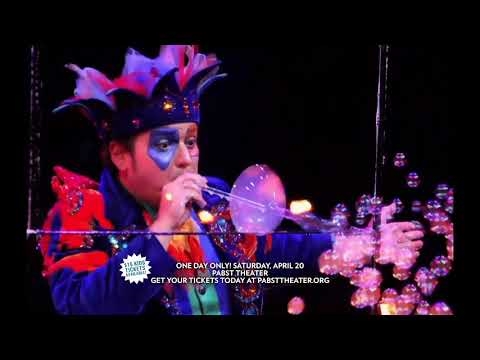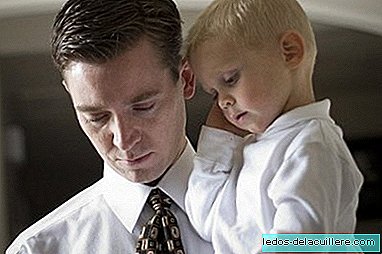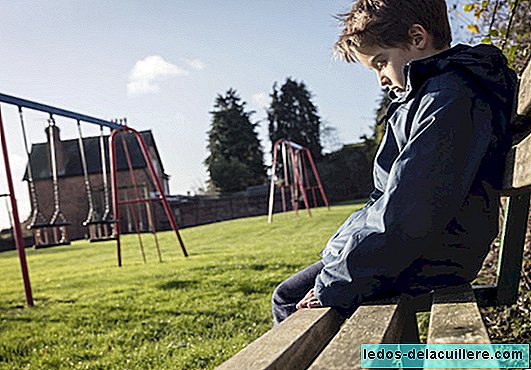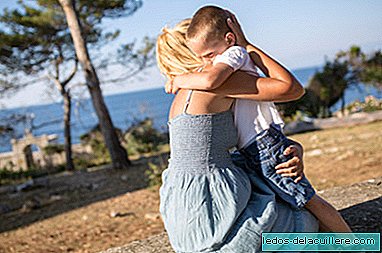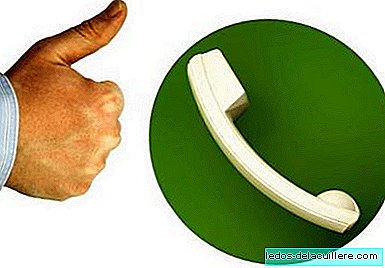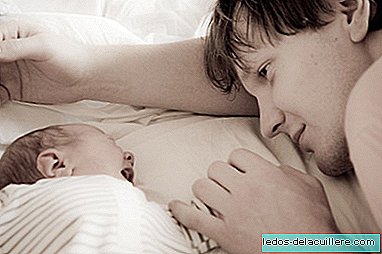
Seven years ago we published in Babies and more the news that a woman, Priscilla Dunstan, had deciphered the language or crying of the babies to know what they needed at all times.
I am already late, because I know this method now that my children are no longer babies and therefore I cannot prove it. But if you have babies and want to see if the words that I will comment below agree with what seems to happen to them, you can help us to give truth to their theory. Its about Dunstan method and with it you can know why is your baby crying and act accordingly.
Universal language
As he says, all babies go through a first phase in the acquisition of the language in which they all emit, without distinction, were born where they were born, the same sounds. The key is to try to know and recognize those sounds and see if they are related to something specific and, according to her, that relationship exists.
How could he realize?
Priscilla Dunstan has, since she was little, what she calls herself photographic memory for sounds. He is able to listen to a melody for the first time and then play it note by note with the violin, something he already did as a child when he heard a piece he did not know about Mozart, for example. When she started "talking" her baby, Tomas Dunstan, she immediately noticed that there were sounds that were repeated often, and wrote them down in a diary. After several years of watching babies emitting these sounds, these "words", managed to relate each expression to a need and thus was born the Dunstan Baby Language, which was later studied at Brown University in Providence (USA).
What did they study
Apparently they initiated a plan to do a clinical trial with the intention of testing the theory that in the end it was not carried out. What was done is a market study and observations and meetings with small groups of mothers with their babies to be able to put the product on the market before and help the parents without waiting for the longer and tedious clinical study. When I say product I mean a DVD that explains it, with a price of $ 30 and now also an iPhone application that can be obtained for $ 7.99. Come on, that in the end they failed to do any serious study that could prove that the language worked or that babies certainly express themselves that way.
What words do babies emit?
According to Dunstan, the 5 universal words that babies give are the following:
- Neh o né: They tell us they are hungry. It is pronounced né or nej (where the jack is almost imperceptible).
- Ou or au: With what they tell us they are sleepy. It is pronounced ou or au and as he explains it would be like a precursor to yawning.
- He: With what they tell us they are uncomfortable with something, be it stress, dirty diaper, heat, cold, etc.
- Ieirj or eairh: Which means they have gas, desire to fart or abdominal discomfort. Pronounced ieirj and the last "i" and "j" lengthen with intensity.
- Ex or ehj: Which means they want to burp, they feel air in their stomachs and want to release it. It is pronounced ej and the "j" sounds soft.
Will it be true?
Well I do not know, tell me you. Alicia, a reader who says that her three-month-old daughter nails it, told me a few days ago. However, more cases are needed to be able to believe in it. Priscilla Dunstan went out one day on Oprah Winfrey's program and explained the words with examples of the sounds, check her out from 4:27:
I recognize many of those sounds, having heard them from my children. And I have heard many of them just before hearing the others, as if I started saying one thing and then the other. That is, they told us first that they had a nuisance and then that they were hungry, or their dream and a pedete were joined or go to know. In any case, as I speak of memory, I beg you to tell us if in your case the sounds that babies emit match with the need they seem to express. This way we will know if we can give the matter more confidence.




